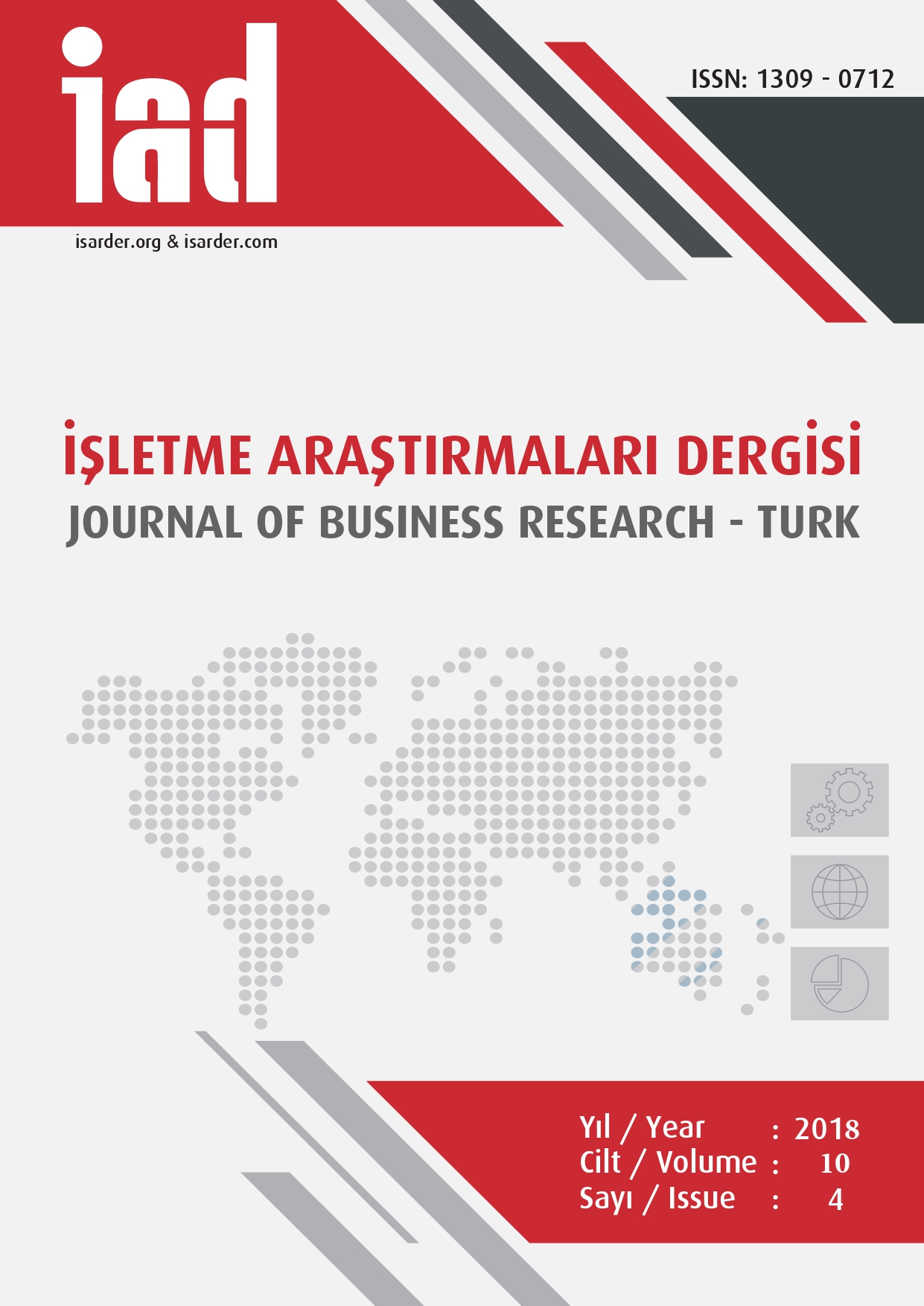Otomotiv Tedarik Zincirinde Risk Değerlendirmesi için Bulanık AHP ve TOPSIS ile Bütünleşik Bir Yaklaşım
An Integrated Approach with Fuzzy AHP and TOPSIS for Risk Assessment in Automotive Supply Chain
Author(s): Ahmet CalikSubject(s): Business Economy / Management, ICT Information and Communications Technologies, Transport / Logistics
Published by: Orhan Sağçolak
Keywords: Automotive Sector; Fuzz AHP; Risk analysis; TOPSIS;
Summary/Abstract: Supply chain risk management (SCRM) is the coordinated effort of an organization to identify, monitor, detect and mitigate threats to the continuity and profitability of the supply chain. It has become more difficult to identify risks as supply chain operations are often carried out by outsourcers, as threats are less visible. Therefore, in this study, it is aimed to provide an integrated AHP and TOPSIS approach to prioritize and analyse the risks in supply chain management for a company in the automotive spare part industry. For this purpose, a four-step integrated solution approach is implemented. In the first step, in order to obtain the weights of the criteria determined in the SCRM, the opinions of the experts with the pairwise comparison matrices are collected. At this step, the analytical hierarchy process (AHP) is used to identify risk priorities in a crisp and fuzzy environment. In the second step, fuzzy linguistic expressions are used to rank suppliers' risk assessments according to specified criteria. In the third step, the risk scores of the suppliers are calculated using the determined risk level weights and risk assessments in the TOPSIS method. In the fourth step, various implications are determined for suppliers according to the risk scores obtained from suppliers. Finally, in order to demonstrate the effectiveness of the proposed approach, the approach proposed for a company producing parts in the automotive sub-industry has been implemented. For the identified six risk categories, Operational Risk > Financial Risk > Supply Risk > Information Risk> Social and Environmental Risk > Product Recovery Risk = Demand Risk ranking was obtained and it was concluded that operational risks were the most important criteria. The results also show that there is no difference in the suppliers' ranking of the risk priorities obtained in the crisp and fuzzy environment.
Journal: İşletme Araştırmaları Dergisi
- Issue Year: 10/2018
- Issue No: 4
- Page Range: 868-886
- Page Count: 19
- Language: Turkish

